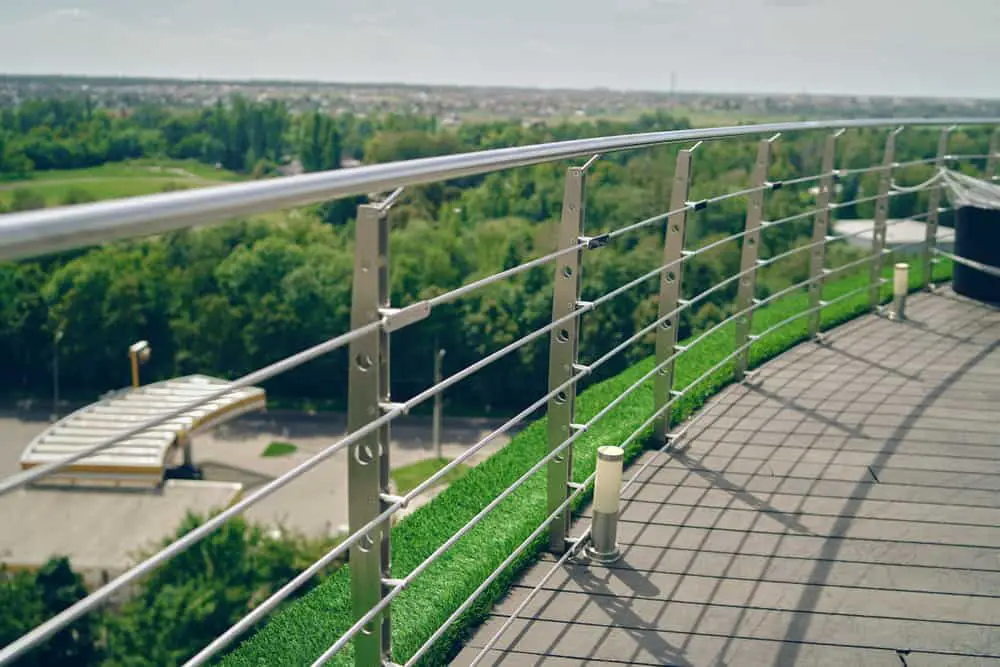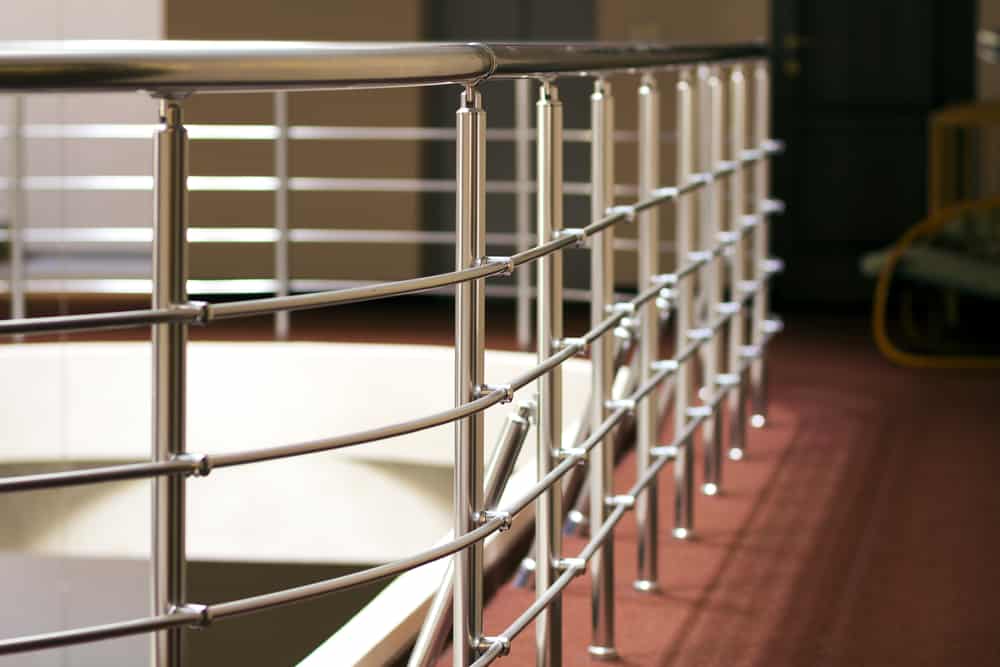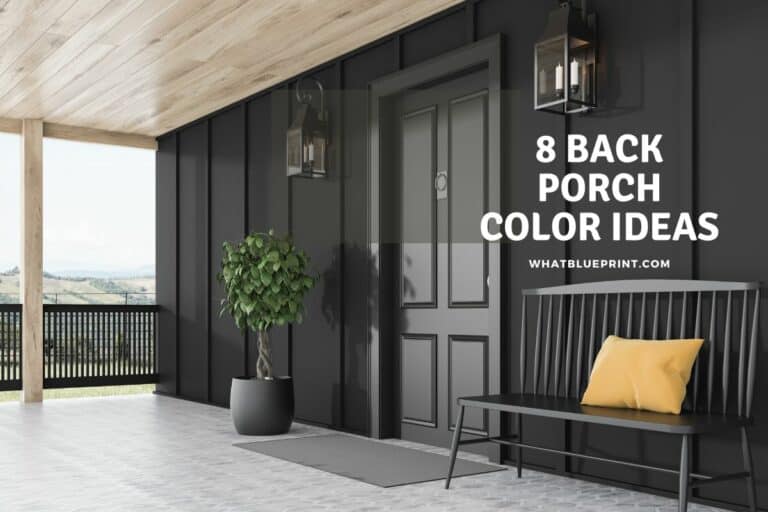Are Horizontal Railings Safe?
With a plethora of options available when it comes to railings for your home, it can be difficult to choose one that works for you in terms of cost, aesthetics, and safety. Traditional railings in centuries past have usually consisted of vertical guardrails, but contemporary options have expanded to include multiple horizontal options.
The safety of horizontal railings is a contentious issue that is constantly debated. There are studies that report horizontal railings are safer for children than other household items, but real-life experiences have shown these railings to be extremely hazardous. Proper installation is paramount.
There are numerous factors that determine how safe a horizontal railing is. The railing’s safety depends on the materials, construction, and quality of the railings on the whole. The potential for children to climb horizontal railings is a major concern, referred to as the ladder effect.
Are Horizontal Railings Safe?
The safety of horizontal railings is a hotly-debated topic that tends to attract a lot of attention from parents concerned over children trying to climb over the railings.
The other concerns usually stem from the flexibility of the steel cabling in horizontal cable railings, which could potentially result in a child pushing the cables apart and either falling through, becoming stuck between the cables, or otherwise injuring themselves.
This is one of the biggest issues with horizontal cable railings, other than the ladder effect – discussed later in this article – and it is referred to as deflection. If the cables are able to deflect too much and too easily, objects, children and pets can potentially move between the cables.
This is less likely to occur if a few guidelines are strictly followed, thus ensuring safety for all who use the space. Proper installation of cable railings is absolutely essential to ensure that they are completely safe.
By using stiff, high-quality cabling, deflection is far less likely to occur. This cabling must be tightened correctly and sufficiently. Proper spacing between cables is another essential element to be considered that will ensure no children or pets are able to fit between the cables.
By following the manufacturer’s instructions and making use of professional installation, horizontal railings can indeed be extremely safe to have installed.
If cable railings are not properly installed, and the materials and construction methods are not up to standard, the cables have the potential to become loose and detached from their posts.
This can also occur as a result of poor maintenance, as the cables do require periodic tightening to ensure they do not become loose over time.
The Ladder Effect
At one stage, building codes mentioned the ladder effect, which means that any balustrade with horizontal elements or ornamental patterns that could be used as a ladder by a young kid, for example, should be avoided.
This threat appears to be less of a concern than it was once perceived to be, and it appears that considerably fewer youngsters than previously thought are in danger from so-called “climbable” balustrades.
In reality, however, parents tend to report that their children do indeed have a propensity for climbing any balustrade that has horizontal members, and as such, presents a major health hazard for their children.
Design Considerations For Horizontal Railings
When installing horizontal railings, whether using cables or solid bars, there are a few considerations to be made to ensure an installation with which you are satisfied, and each type of railing has its advantages and disadvantages.
Cable railings tend to require more maintenance than solid horizontal bars because the cables require periodic tightening to ensure that there is never too much deflection. This type of maintenance is not required for horizontal bars.
Having said that, the flexibility of the cables must be considered to ensure that there is not too much deflection allowing objects to fit through. A lack of flexibility, on the other hand, can result in the cables pulling out of the vertical posts too easily.
With horizontal railings, there are other unique design considerations that must be carefully worked out before any construction takes place. This includes the need for more vertical posts between horizontal spans, as well as extra vertical posts where two segments of railing meet.
If you are planning a curved railing, horizontal cables cannot be used, and so this type of project will require the use of curved horizontal bars.

Benefits of Horizontal Railings
Horizontal railings offer a host of benefits, and not all of them are to do with aesthetics. There is major visual appeal associated with horizontal railings used in contemporary design. Changing dated railings to a more contemporary option can be a very quick way to update a space, and horizontal railings are a practical way in which to do this.
There exists an opportunity with horizontal railings to combine wood and steel, for example, to create a unique and contemporary railing for your home. Because they are usually made of thinner materials, horizontal railings can allow for unobstructed views while creating the illusion of more space in an area.
When compared to solid balustrades such as those made of glass, horizontal railings offer a far more bird-friendly alternative that will ensure birds do not injure themselves flying into the balustrade.
How To Childproof Horizontal Railings
If your home has horizontal railings and you have children who do attempt to climb them, there are numerous ways to essentially “child-proof” the railings. Making use of baby gates, for example, at the top and bottom of stairs, is a good way to keep children away from balustrades altogether.
There are rail nets available that function as a netting that stretches over the railing. These can be effective to some degree; however, they may not be ideal for horizontal railings because of how stretchy the material is.
The best option in this context is a product called Banister Guard that comes as a roll of thin, clear plastic that is shatterproof and essentially creates a solid, transparent shield around the railing to prevent access to the horizontal members.
If installed correctly, it will effectively prevent children from climbing your balustrades while simultaneously maintaining the aesthetic of the space.
Conclusion
Now that you understand how horizontal railings differ from the vertical type, you should be able to ascertain what type of railing is best for you and your circumstances. While horizontal railings are not always your safest option necessarily, there are several ways in which this type of railing can be made safer to ensure that you and your family are fully protected.
Sources
- https://www.superioraluminum.com/blog/horizontal-ladder-effect
- https://www.atlantisrail.com/why-cable-railing-is-a-safe-option-for-your-home/
- https://www.sandiegocablerailings.com/cable-railings-child-safety/
- https://cablerailingdirect.com/lets-talk-about-the-ladder-effect/
- https://inspectapedia.com/Stairs/Guardrail_Ladder_Effect.php
- https://www.blueistyleblog.com/howtobabyproofhorizontalrailings/
- https://mmcfencingandrailing.com/cable-railings/
- https://www.stairwayshop.com/railing-systems/railings-with-horizontal-bars/horizontal-railing.html
- https://www.stairwarehouse.com/horizontal-railing.html
- https://specializedstairs.com/horizontal-railing-is-expanding-modern-railing-style/







